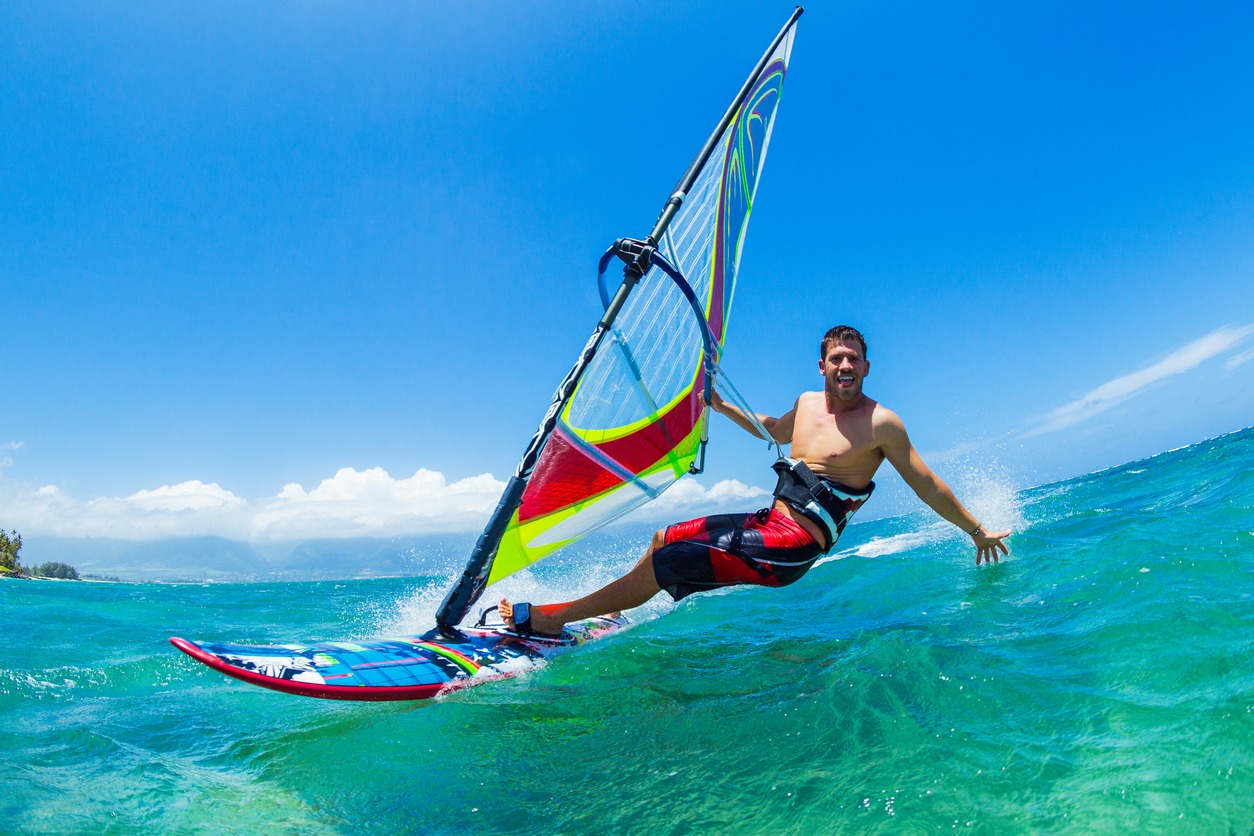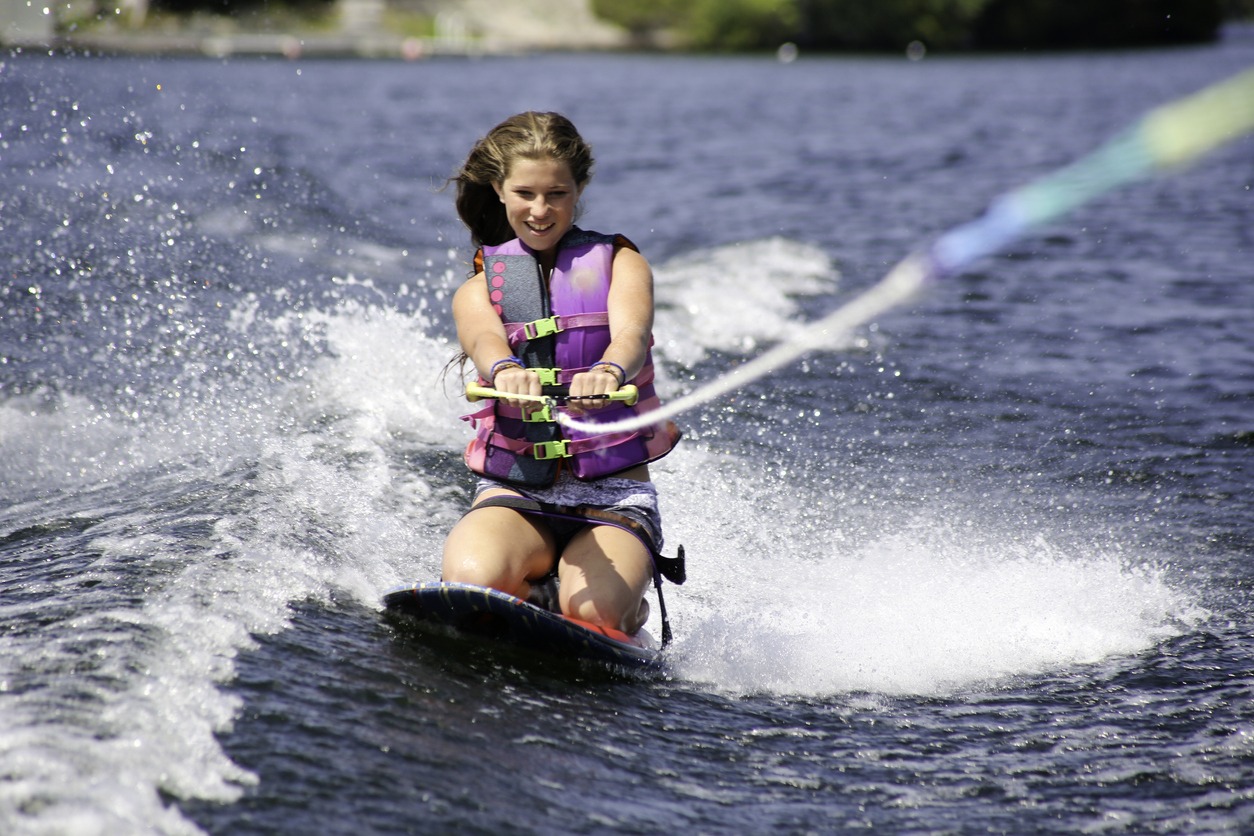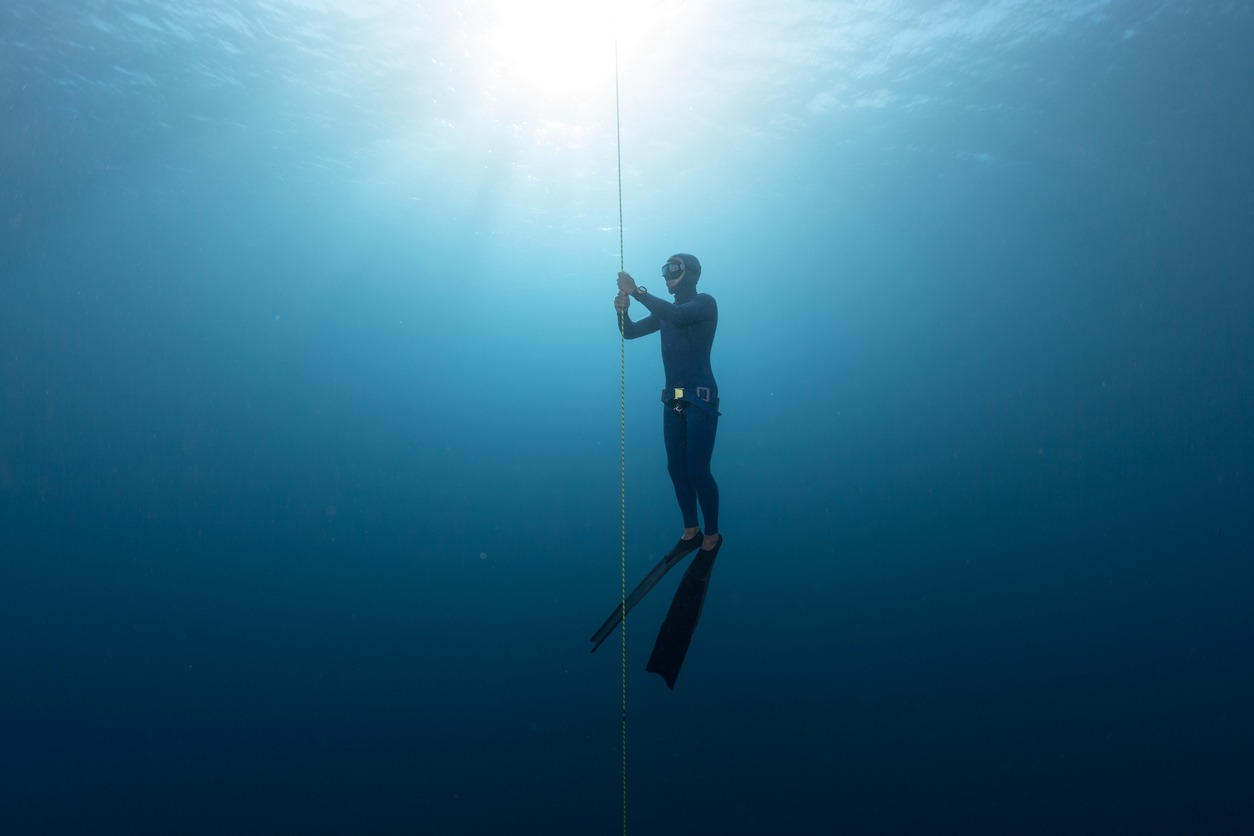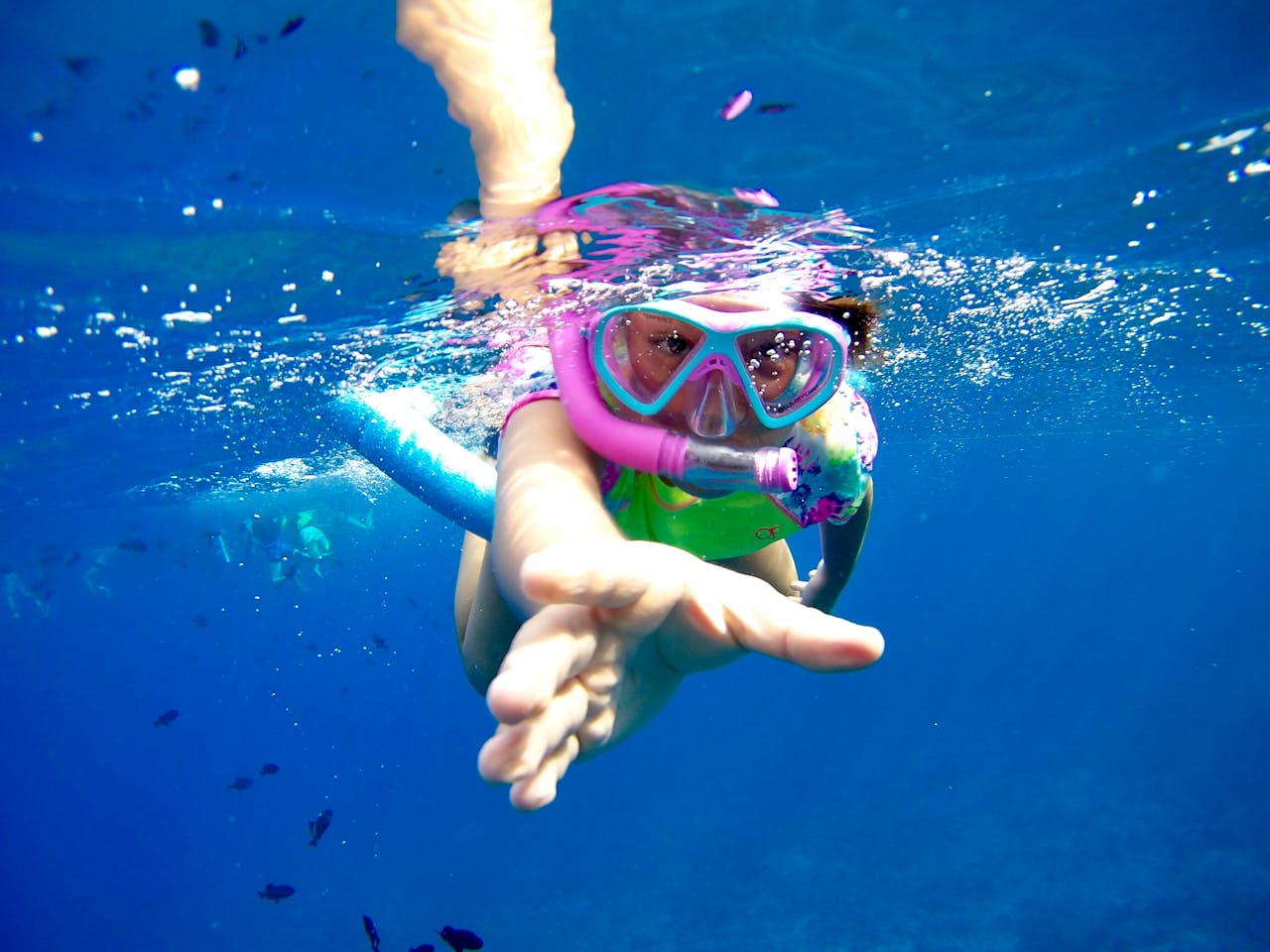First-Time Kneeboarding Tips for New Riders
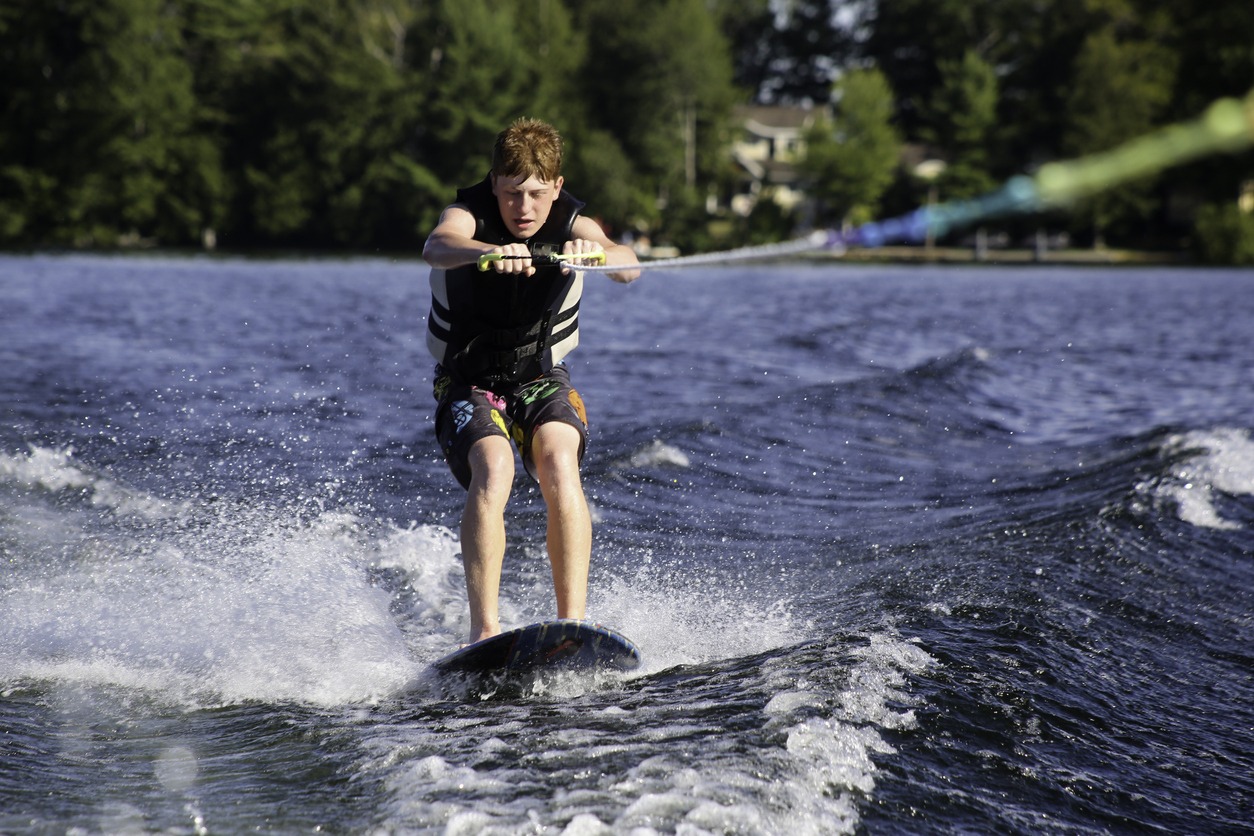
Start your kneeboarding expedition with the right gear: a well-fitted life jacket and a stable kneeboard. Choose a board size based on your weight for optimal performance. Establish the proper stance by tucking your knees under your chest and keeping your shins flat against the board. When getting up, position yourself correctly and wait for planing speed before kneeling. Begin at low speeds (10-15 mph) and gradually increase as you gain confidence. Avoid common mistakes like improper body positioning or neglecting weight distribution. Remember to keep your head up and eyes forward. These tips will help you ride safely and confidently, setting the stage for more advanced techniques.
Essential Kneeboarding Gear
Before you hit the water for your first kneeboarding expedition, it's imperative to have the right gear. Start with a properly fitted life jacket, which is indispensable for your safety and stability while riding. Choose a high-quality kneeboard with a wide, stable platform and adjustable straps to keep you secure. Look for compression molded boards, as they offer resilience and performance.
Don't forget a specialized tow rope designed for kneeboarding. It'll provide a comfortable grip and guarantee a secure connection to the boat. Gloves can improve your grip on the rope and protect your hands from friction, while knee pads offer added cushioning for impacts on the water's surface.
Consider additional accessories to enhance your experience. GoPro mounts allow you to capture your kneeboarding journeys, giving you a unique vantage point of your rides. When selecting your gear, prioritize comfort and safety. Make sure the kneeboard strap is adjustable and secure, allowing you to easily get in and out of the board. With the right equipment, you'll be well-prepared for an exhilarating day of kneeboarding behind the boat.
Choosing the Right Kneeboard
Your kneeboard choice can make or break your first kneeboarding experience. To Choose the Right kneeboard, consider your weight and skill level. If you're under 150 lbs, opt for a 50-54 inch board, while those between 150-179 lbs should use a 55-60 inch board. Heavier riders need longer boards, with 210+ lbs riders using 67 inch or larger boards. Slalom kneeboards are designed for quick and controlled turns with flat bottoms, while trick kneeboards have round bottoms and edges for hops, skips, and turns.
As a beginner, you'll want a recreational kneeboard like the O'Brien Freeboard V2. These boards feature wide, beveled edges and thick foam cores, providing stability and forgiveness as you learn to tow behind the boat. Competitive boards like the O'Brien Enforcer are best left to experienced riders.
Pay attention to design elements like rocker, fins, and edges, as they profoundly impact performance. For a Beginners Guide to kneeboarding, consult retailers or experienced riders who can help you select a board suited to your needs. They can also advise on proper kneeboard rope length and positioning toward the rear of the boat for ideal towing. By choosing the right kneeboard, you'll set yourself up for a successful and enjoyable first-time experience on the water.
Proper Kneeboarding Stance
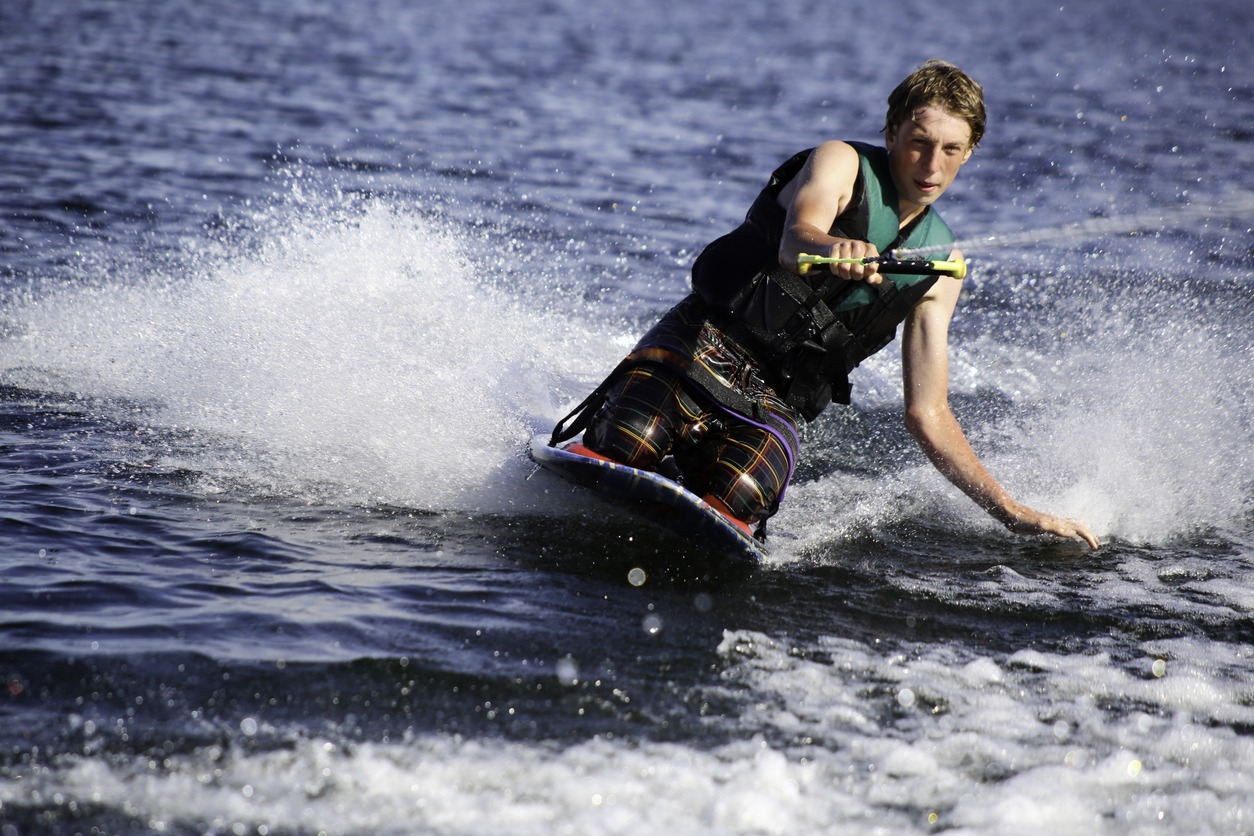
Acquiring the proper kneeboarding stance is indispensable for a successful and pleasurable ride. As you position yourself on the board, make sure to tuck your knees under your chest, keeping your shins flat against the surface. This positioning helps maintain your center of gravity and guarantees the board is planing effectively on the water. Maintaining a strong core is indispensable for all water sports, so keep your abdominal muscles engaged to support your back and neck.
Place your hands on the front edge of the kneeboard to enhance your balance and control. Sit up straight, slightly arching your back to keep the board moving smoothly across the water's surface. It's pivotal to maintain a firm grip on the tow rope, extending your arms without locking your elbows. This stance allows for better maneuverability and responsiveness to the boat's movements.
Keep your head up and eyes focused forward to aid in steering and maintaining proper form. As you become more comfortable, you'll find it easier to adjust your position slightly to accommodate different water conditions or speeds. Remember to distribute your weight evenly across the board and stay forward enough to prevent the nose from lifting. With practice, you'll develop muscle memory for the ideal kneeboarding stance, leading to more confident and pleasurable rides on the water.
Getting Up on a Kneeboard
Now that you've conquered the proper stance, it's time to tackle getting up on the kneeboard. As a first-time kneeboard rider, you'll start in deep water, laying on top of the board. Place your arms under the kneeboard strap while holding the tow rope. This initial position is indispensable for a smooth start.
To successfully get up on the kneeboard, follow these steps:
- Position your torso forward and wait for the board to reach planing speed.
- As the kneeboard gains momentum, tuck your knees into position.
- Tighten the strap over your thighs to secure your knees on the board.
- Shift seamlessly from lying down to a tucked kneeling position.
Proper body positioning and strap tightening are essential for maintaining balance and control during this process. Remember, the key to getting up on a kneeboard is a fluid shift as the board reaches planing speed. By following these steps and focusing on your technique, you'll be well on your way to becoming an expert at this exhilarating water sport. With practice, you'll find that getting up on a kneeboard becomes second nature, making kneeboarding an enjoyable experience for riders of all skill levels.
Basic Kneeboarding Maneuvers
Once you're up on the kneeboard, it's time to control some basic maneuvers. For kneeboarding beginners, maintaining proper body positioning is indispensable. Keep your torso leaned forward and shins flat on the board to maintain balance and control. Position your knees at shoulder height and pull up with both legs simultaneously to prevent the board from turning.
To stay on top of the water, lean back slightly to keep the board planing. Experiment with different boat speeds to find your ideal comfort zone. Beginners typically start at 10-20 mph, while experienced riders prefer 15-20 mph. As you gain confidence, practice turns and cuts at various speeds to develop better board control.
Unlike other water sports like wakeboarding, kneeboarding requires you to stay seated on the front of the board. This position allows you to navigate the boats wake more readily. Remember to keep your body centered and your arms relaxed as you ride behind a boat. By acquiring these basic techniques, you'll build a solid foundation for more advanced maneuvers and enjoy a thrilling kneeboarding experience on the water.
Safety Precautions for Beginners
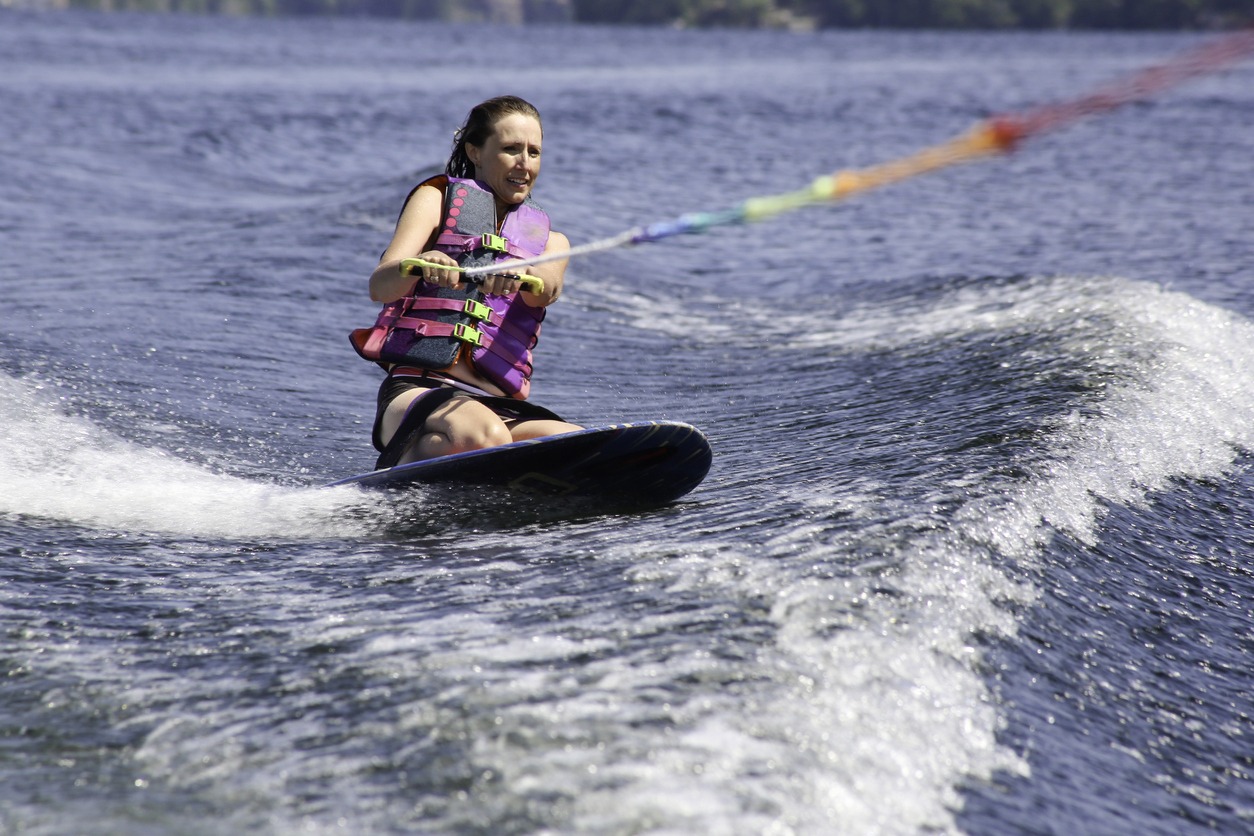
Safety is paramount when learning to kneboard. Before you hit the water, make sure you're wearing a properly fitted life jacket. This essential safety precaution guarantees you'll stay afloat if you fall off the board. As a beginner, it's vital to start at low boat speeds, typically between 10-15 mph, to get comfortable with the kneeboard. Gradually increase the speed as you gain confidence and skill.
When you're out on the water, follow these key safety precautions:
- Scout the area for potential hazards like shallow spots, docks, or other boats
- Communicate clearly with your boat driver about your skill level and any needed adjustments
- Begin in deep water for a smooth, stable start
- Wait till you're outside the wake before attempting any advanced maneuvers
Common Mistakes to Avoid
Kneeboarding beginners often make several common mistakes that can hinder their progress and enjoyment of the sport. One of the most frequent errors is attempting to get up on the kneeboard too quickly. Unlike skis and wakeboards, kneeboards require a gradual build-up of speed for successful starts. Rushing this process can lead to falling off the board or losing control.
Another mistake is improper body positioning. You'll want to avoid having your knees too far forward or your torso too upright, as this can make it difficult to maintain balance. Instead, focus on keeping your weight centered over the rear of the board. Many newcomers also grip the tow rope too tightly, causing arm fatigue and making it challenging to shift into a stable riding position.
Don't overlook the importance of properly securing the kneeboard strap. Rushing through this step can result in the strap coming loose during your ride, compromising your safety and stability. Finally, avoid overestimating your abilities. Attempting advanced maneuvers or excessive speeds before you're ready can increase your risk of falls and collisions with another boat or other obstacles. Stay within your skill level and gradually progress as you gain confidence.

